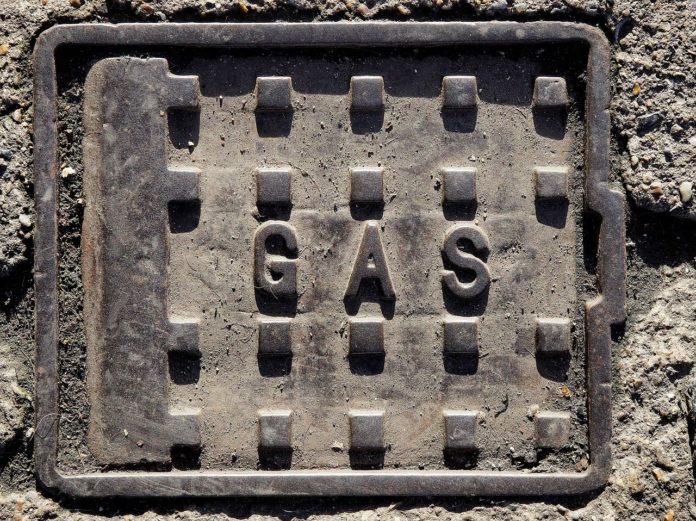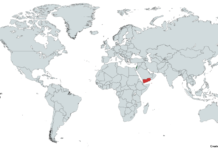In 2017, methane gas soared to a record high as global data became available. According to researchers, the primary sources of methane gas are fossil fuel leaks & agriculture. According to researchers, if greenhouse gas emissions continue rising, it is impossible to limit global warming to 1.5 °C or even 2 °C. With such statistics, millions of people worldwide could be exposed to life-threatening challenges like coastal flooding, heatwaves, and freshwater shortages.
What is methane gas?
Methane gas is colorless and odorless. Methane gas is a potent greenhouse gas compared to carbon dioxide. For example, methane gas traps the sun’s heat, warming the earth ×86 (this is equivalent to the same mass of carbon (IV) oxide for 20 years!).
Even though the coronavirus epidemic has facilitated a drop in carbon (IV) oxide emission, methane gas emission has not dropped that much because we are still producing food and natural gas. According to recent studies, methane gas emission is up to 9% with human activities like raising livestock and coal mining leading. However, methane gas leaks from pipelines, oil, gas wells gas stoves, landfills, and distribution lines. It is also crucial to note that wetlands are a source of methane gas too.
Finally, recent studies show that methane gas emissions grew quickly in the Middle East, South Asia, Africa, and Oceania, including Australia. Dependence in coal usage has increased the emission of methane gas in China, while population growth has facilitated the emission of methane gas across the globe.









